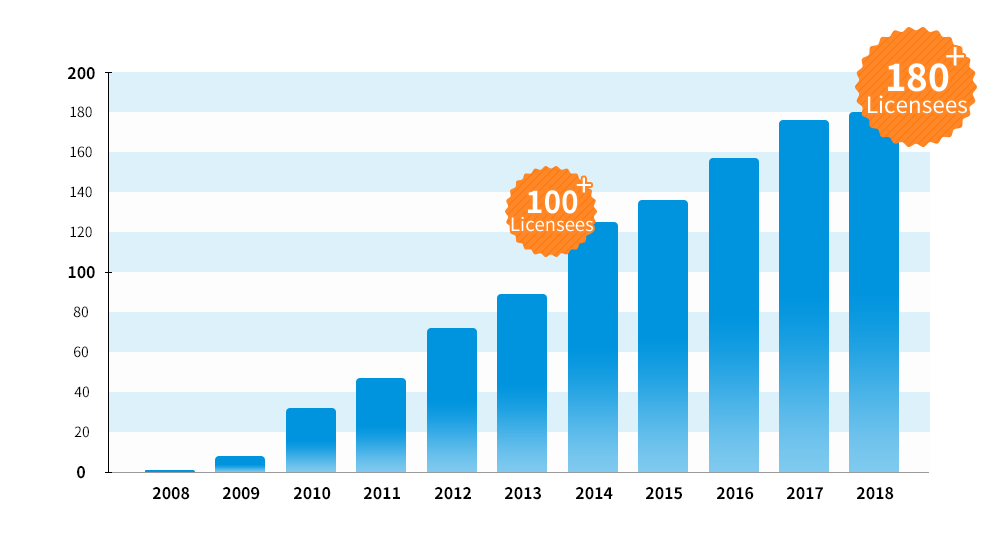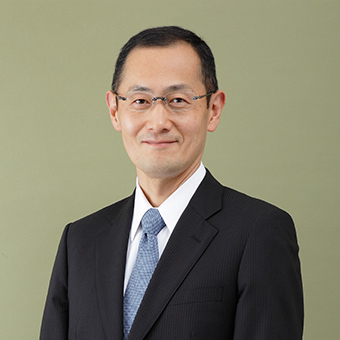A History of iPS cells and
iPS Academia Japan, Inc.
before the foundation
2005
First iPS cell basic patent application filed in Japan
First iPS cell basic patent application was filed in Japan, based on which its corresponding international application (PCT application) was filed in the following year.
2006
Mouse iPS cells announced
Professor Shinya Yamanaka’s group reported the establishment of mouse iPS cells by introducing 4 factors, Oct3/4, Sox2, Klf4 and c-Myc, into mouse skin cells in the journal “Cell.”
2007
Human iPS cells announced
Professor Shinya Yamanaka’s group reported the establishment of human iPS cells by introducing 4 factors,Oct3/4, Sox2, Klf4 and c-Myc, into human skin cells in the journal “Cell.” Professor James Thomson’s group also reported human iPS cells established with a different method in another journal on the same day
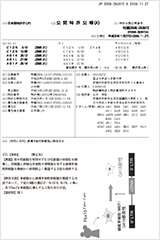
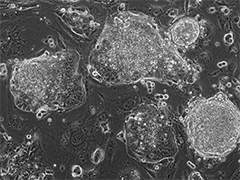 ⓒCenter for iPS Cell Research and Application,
ⓒCenter for iPS Cell Research and Application,
Kyoto University
 ⓒCenter for iPS Cell Research and Application,
ⓒCenter for iPS Cell Research and Application,
Kyoto University
after the foundation
2008
iPS Academia Japan established
iPS Academia Japan, Inc. was established in Kyoto on June 25, 2008 to promote the transfer of iPS cell-related technologies to industry for its commercialization. We started as an affiliate of Kyoto University with a mission to share the fruit of iPS cell research for the good of all humanity.
World's first iPS cell basic patent granted in Japan
The world's first iPS cell basic patent was granted in Japan. So far, 8 basic patents (our ref.: AJ001) have been granted in Japan. Further, their corresponding patents have been granted in more than 30 countries and regions worldwide.

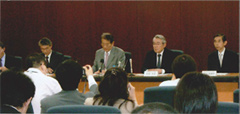
 ⓒCenter for iPS Cell Research and Application,
ⓒCenter for iPS Cell Research and Application,
Kyoto University
2009
First license agreement signed
Our first license agreement was entered into with ReproCELL, Inc. Since then, our licensees have gradually increased year by year.
2010
First overseas licensing
Our first overseas license agreement was entered into with Cellular Dynamics International, Inc. (currently Fujifilm Cellular Dynamics, Inc.). iPS cell technology raised interest not only in Japan where iPS cells were invented, but also in countries where more ES cell research was conducted, which, as a result, increased foreign licensees.
2011
iPierian patents assigned to Kyoto University
The patents of iPierian, Inc. were assigned to Kyoto University to avoid a potential patent dispute in the U.S.A. In return, we granted to iPierian a license under Kyoto University’s basic patents and the former iPierian patents.

2012
Professor Yamanaka awarded Nobel Prize
Professor Shinya Yamanaka and Sir John B. Gurdon were jointly awarded the Nobel Prize in Physiology or Medicine for the discovery that mature cells could be reprogrammed to become pluripotent.
2013
Patents from 10 academic institutions
300 patents available for licensing
Increasing numbers of patents were licensed not only from Kyoto University but from other universities and research institutions. The patents related to applications such as differentiation methods began to increase.
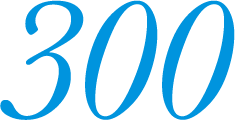
2014
iPS Academia Japan reorganized
A part of our business was transferred to iPS Portal, Inc. Our business previously included research, sales of cells, etc., but since then, we have been specializing in patent licensing.
2015
Relocated to Kyoto University campus
We were relocated to a new building in Yoshida Campus of Kyoto University.
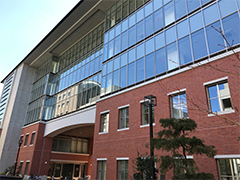
2016
Became an Approved TLO in Japan
We became an approved TLO in Japan by the authorization of both the Minister of Education, Culture, Sports, Science and Technology (MEXT), and the Minister of Economy, Trade and Industry (METI).

2017
500 patents available for licensing
We handled more patents from our licensors, and total 500 patents became available for licensing.
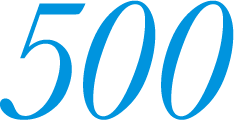
2018
10th anniversary
The year 2018 marks the 10th anniversary of our company foundation. As of June, 2018, we have about 110 domestic licensees and 70 foreign licensees, and have licenses from Kyoto University and 14 other universities and research institutions.
We deeply appreciate your interest in iPS cell-related patents and your understanding to our patent licensing operation. In order to boost the industrialization of technology related to pluripotent stem cells including iPS cells, we will continue our efforts, therefore, we are highly appreciated of all your feedback and support for our activities.
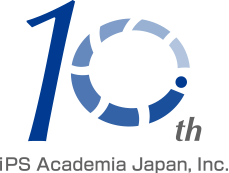
Numbers of our Licensees
